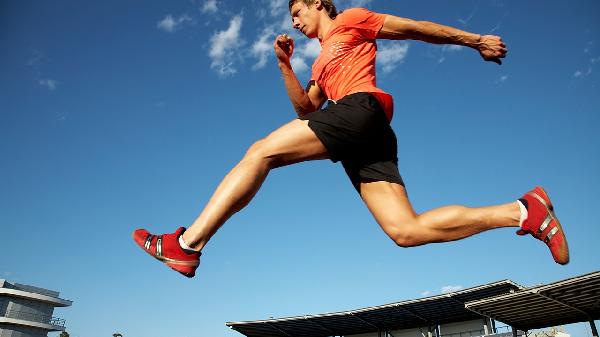The arch structure of the foot does indeed affect running endurance and jumping ability, mainly related to arch type, muscle coordination, and transmission efficiency of sports mechanics. High arches and flat feet may lead to insufficient cushioning or decreased stability, respectively, which in turn affects athletic performance. People with high arches have better foot elasticity but weaker cushioning ability. When running, the impact force on the ground is not dispersed enough, which can easily cause fatigue of the plantar fascia or ankle joint, and may reduce endurance performance in the long run. During jumping, due to the high rigidity of the feet, the transfer of kicking force is direct but lacks cushioning, which may increase the risk of stress fractures. Suggest choosing shock-absorbing running shoes and strengthening calf muscle training to help distribute impact. Flat footed individuals experience arch collapse, leading to excessive pronation of the foot, significant energy loss during running, and increased risk of compensatory knee pain, resulting in significantly limited endurance. Due to poor foot stability during jumping, the efficiency of power transmission during takeoff is low, which affects the output of explosive power. It can be improved by customizing orthopedic insoles combined with arch strengthening training.

Some populations may have functional arch abnormalities, such as dynamic flat feet caused by weak plantar muscle groups, which may only cause arch collapse during exercise. Targeted muscle strength training can significantly improve athletic performance in such situations. Individuals with congenital skeletal structural abnormalities require professional evaluation, and a few severe cases may require surgical intervention. Regardless of the type, progressive adaptive training can help the body establish more efficient exercise patterns.

It is recommended to perform barefoot balance training to enhance foot proprioception, such as standing on one foot or walking on tiptoe. When choosing running shoes, it is necessary to match the support or cushioning function according to the arch type of the foot, and relax the plantar fascia before and after exercise. Individuals with higher body weight should prioritize controlling body fat to reduce foot load, and maintain cardiorespiratory endurance through low impact exercises such as swimming. If foot pain or abnormal fatigue persists after exercise, it is recommended to consult a rehabilitation doctor for gait analysis.







Comments (0)
Leave a Comment
No comments yet
Be the first to share your thoughts!